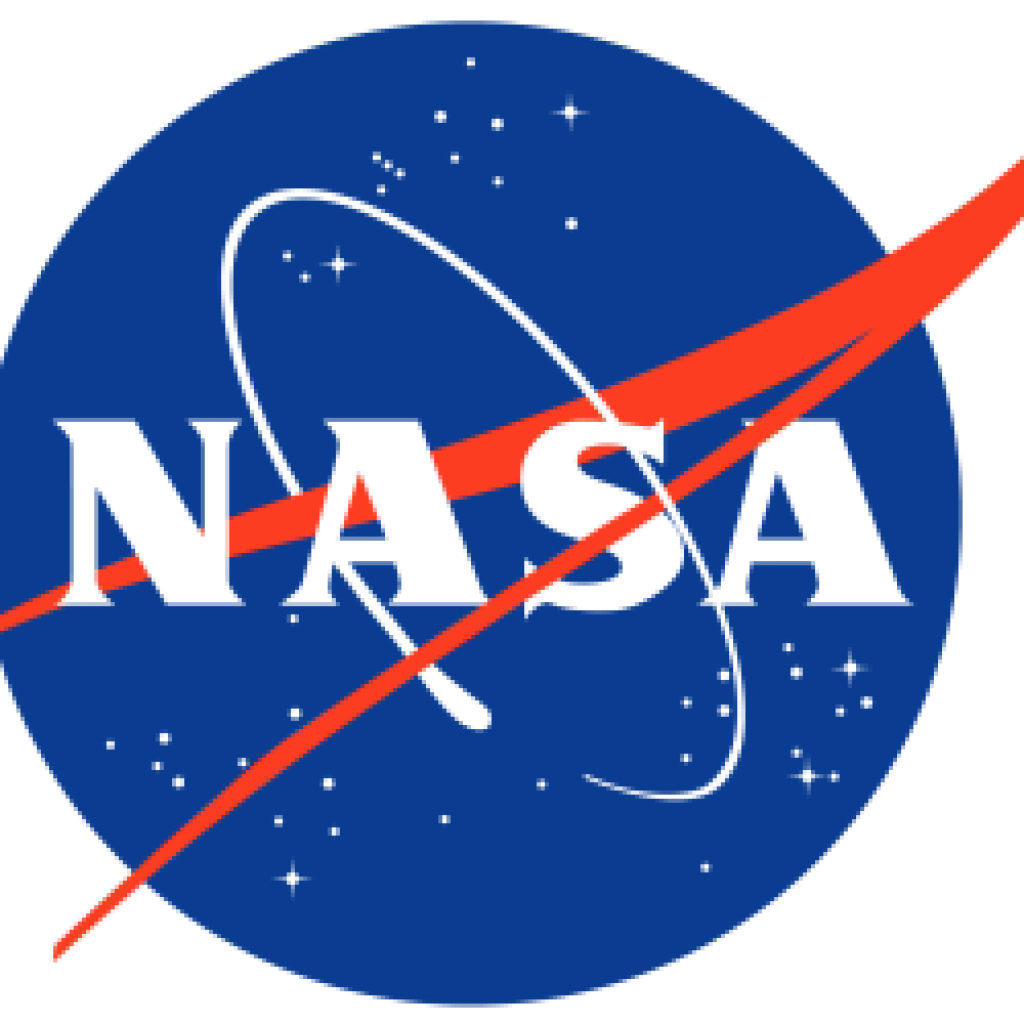(JPLNASA) An experiment launching to the International Space Station later this year could set the stage for a future global quantum network. Called the Space Entanglement and Annealing QUantum Experiment (or SEAQUE), the milk-carton-size technology demonstration will test two communications technologies in the harsh environment of space.
SEAQUE sets out to prove the viability of technologies that could enable orbiting nodes to securely connect quantum transmitters and receivers over great distances. To do that, these nodes will need to produce and detect pairs of entangled photons. Eventually, transmitting such photons to quantum computers on the ground could provide the foundation for quantum cloud computing – the means to exchange and process quantum data regardless of where the computers are located.
Once attached to the space station’s exterior, SEAQUE will also test a technique to help space-based nodes “self-heal” from radiation damage, a continual challenge of maintaining delicate instruments in space.
“Demonstrating these two technologies builds the foundation for future global quantum networks that can connect quantum computers located hundreds or even thousands of miles apart,” said Makan Mohageg, SEAQUE co-investigator at NASA’s Jet Propulsion Laboratory in Southern California.
Like the network it’s intended to enable, the project is global. The SEAQUE collaboration includes scientists and students from the University of Illinois Urbana-Champaign, who are leading the project; the University of Waterloo in Ontario, Canada; National University of Singapore; Montana-based industrial partner AdvR, Inc.; Texas-based commercial space systems provider Nanoracks; and JPL.
International Space Station to host ‘self-healing’ quantum communications tech demo
